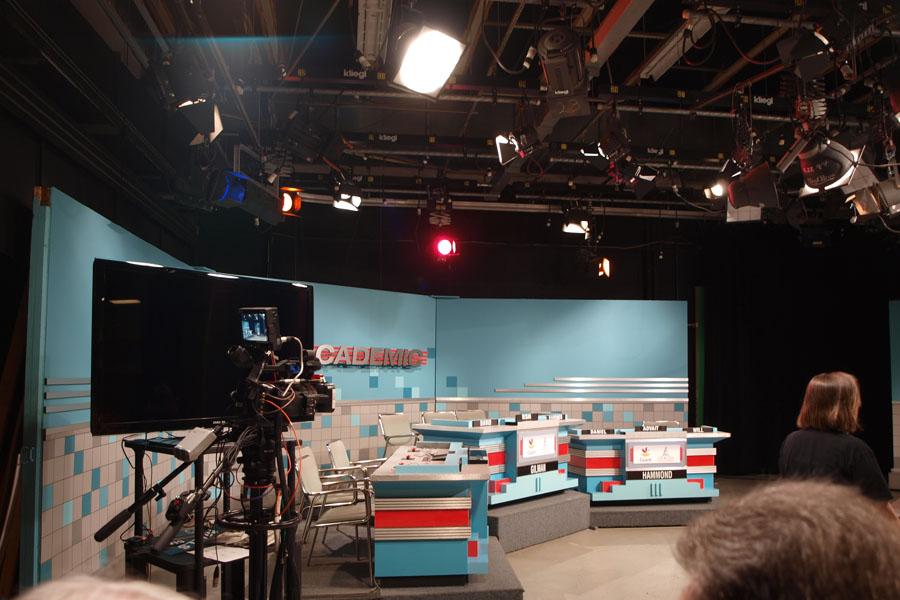By Lisa Conley
Round Table editor
Virginia Tech is a university that was primarily known as a world-class learning institution, but now it is recognized for a very different reason: its gruesome past.
Thirty-two Virginia Tech students and faculty were shot and killed on April 16, 2007, in what became one of the most fatal campus shootings in American history.
The rampage involved two separate attacks, but it was only during the second shooting that the campus was shut-down.
“They should have enforced a lock-down at the time of the first shooting early that morning,” said Lauren Wright, a senior at Virginia Tech. “That would have changed the entire dynamic of the day.”
After Virginia Tech’s failure to notify students and evacuate the campus after the first attack, the efficiency of campus security across the nation was re-evaluated.
“Many campuses are being proactive about making changes to ensure better campus safety and security,” said Missouri Sen. Charlie Shields according to securitysolutions.com.
Campus shootings have also led college students to become more aware of the potential danger of living on campus.
“Things are more likely to happen to me at college than when I was back at Middletown,” said David Wilson, Middletown High School graduate and sophomore at Towson University. “I don’t go home to a secure house, I live on campus. So if anything were to happen, I’d be in danger.”
Although it may seem that colleges and universities are more prone to crisis situations, high schools have also been targets of violence.
Columbine High School was the scene of the deadliest American high school shooting on April 20, 1999. Twelve students and one teacher were killed while more than a dozen others were injured.
“It’s any officer’s worst nightmare,” said Anthony Smothers, MHS resource officer. “All you can do is hope that something like that never happens here.”
The Columbine massacre has had a dramatic effect on high school security. In the aftermath of the incident, high schools across America implemented new safety measures such as security guards, see-through backpacks, and metal detectors.
MHS has also enforced a strict security system of its own. Surveillance cameras are installed throughout the school and visitors must sign in at the front office.
“If I see someone walking around the school that is not supposed to be there,” said Smothers. “I send them straight to the front office.”
In addition to preventative security measures, MHS also has plans in place for when emergencies do occur.
“We have different procedures for different situations,” said Jay Berno, MHS principle. “And when we practice our emergency procedures, our students are cooperative and follow adult instructions.”
In 2004 MHS had to implement one of its emergency procedures when two pipe bombs were discovered in a student’s backpack. Students were evacuated to the football stadium as authorities searched the building. Although no other explosive devices were found, students were released early.
“I was relieved that no one was injured and that none of my children, or their friends, were involved.” said Kimberly Chaney, whose oldest son, Jonathan Mahlandt, was a junior at the time of the incident.
Chaney added that she does not have any continuing worry about the safety of MHS, believing that the bomb scare was an “isolated incident”.
However, even if an event may seem isolated, tragedies such as the Virginia Tech shooting and the Columbine massacre have helped colleges and high schools to realize that the threat of violence is not to be taken lightly.
“Take every scare and every threat seriously. If there is a shooting, shut down campus. Lock down everything.” said Wright.




